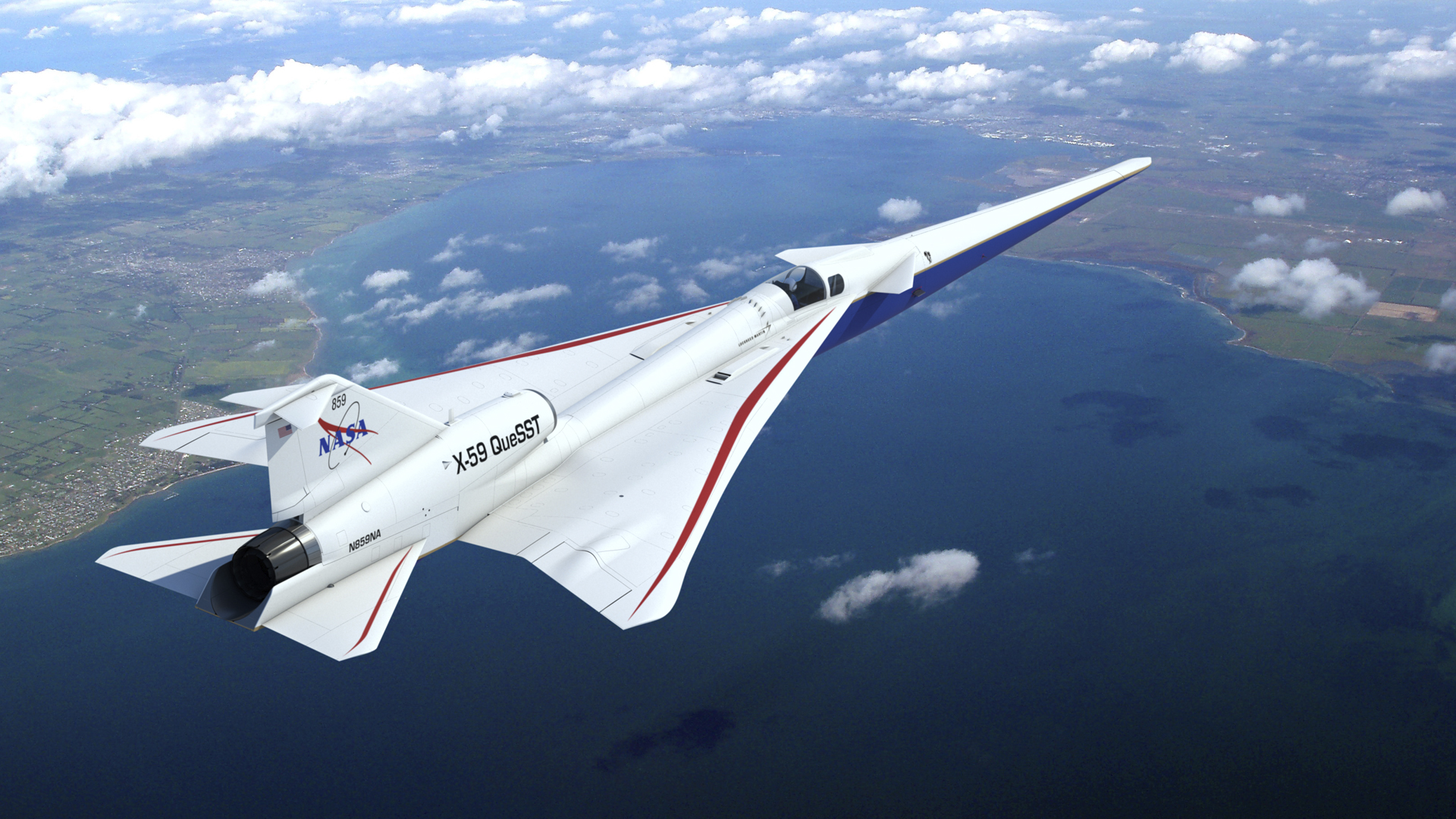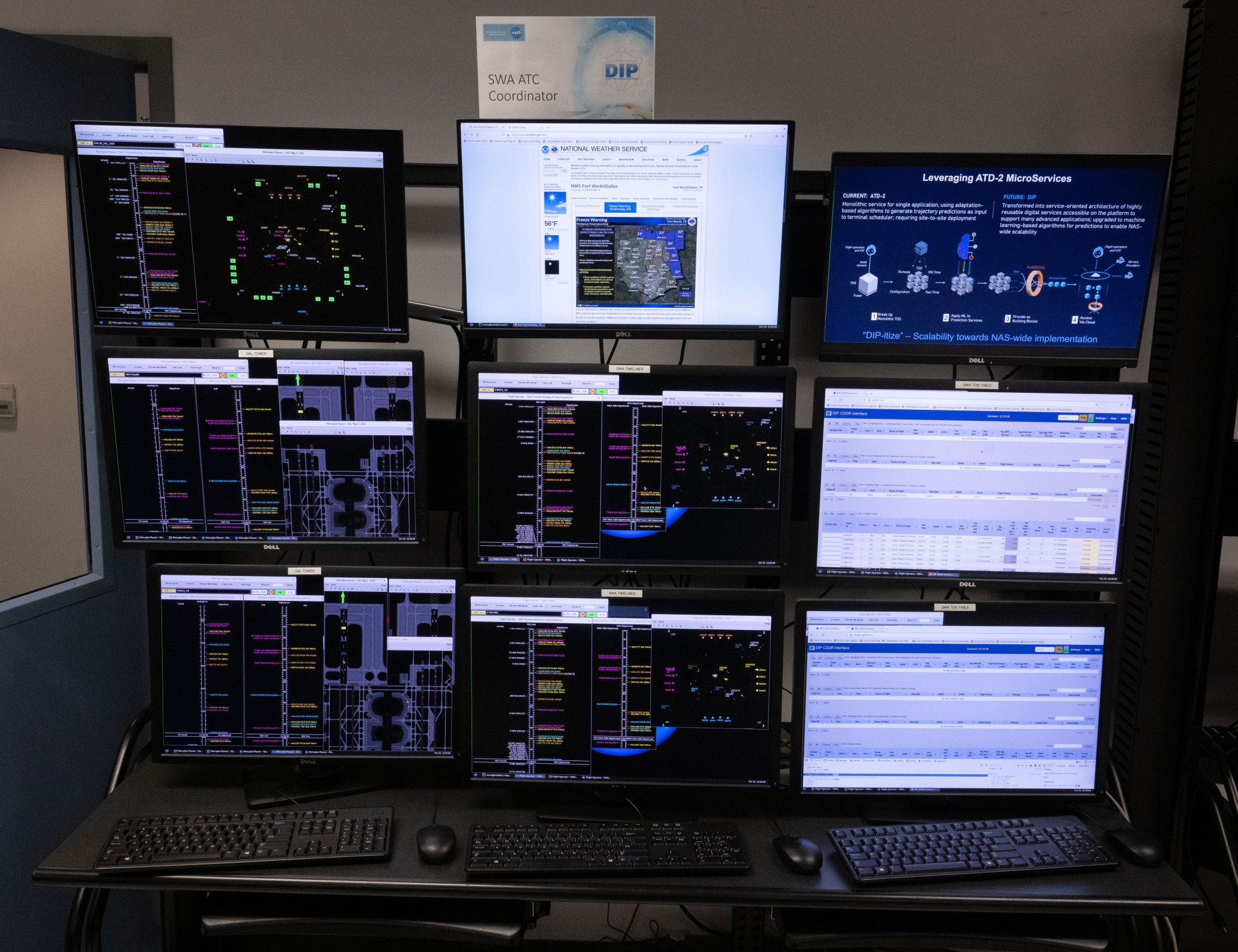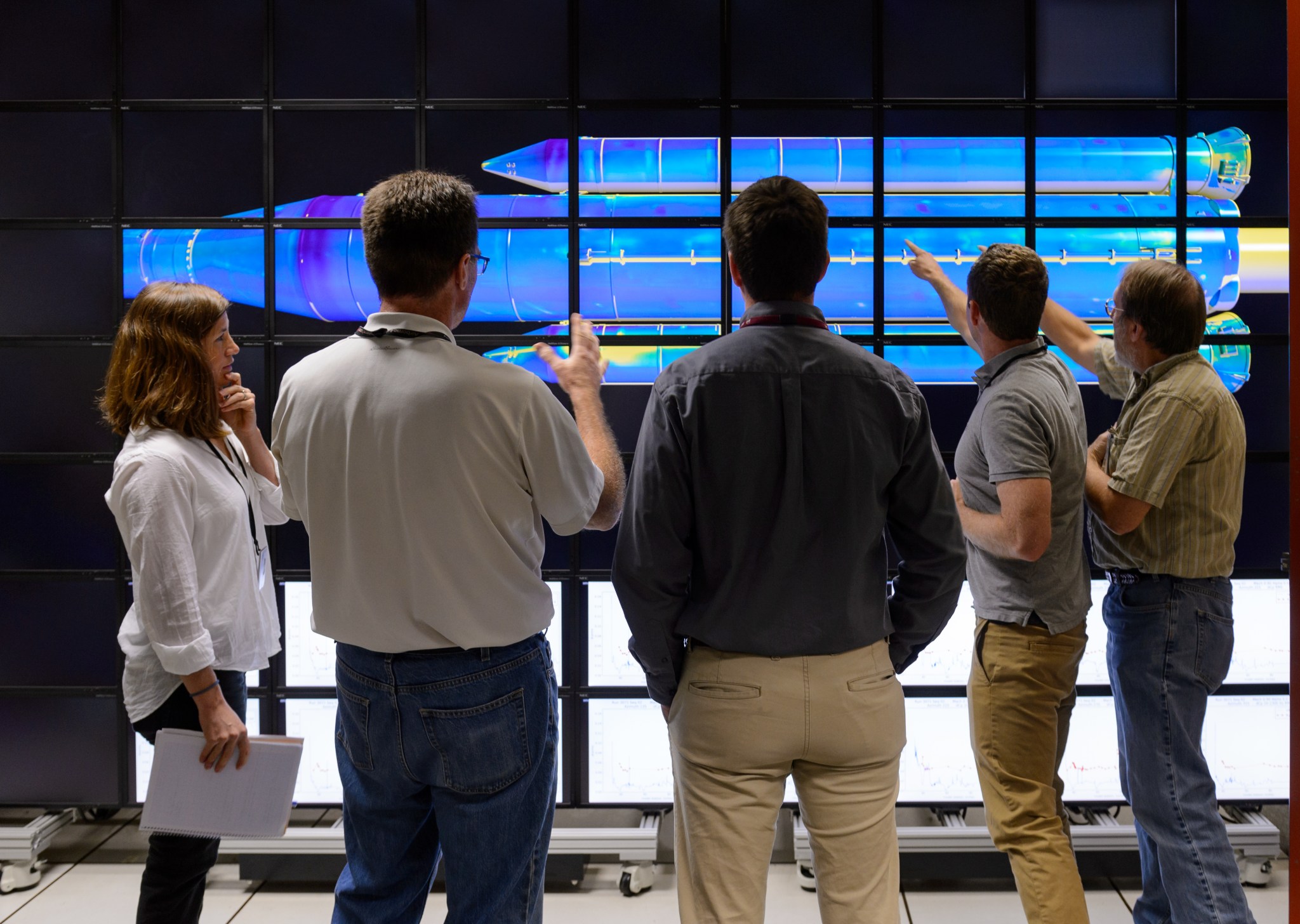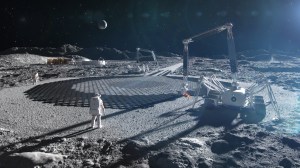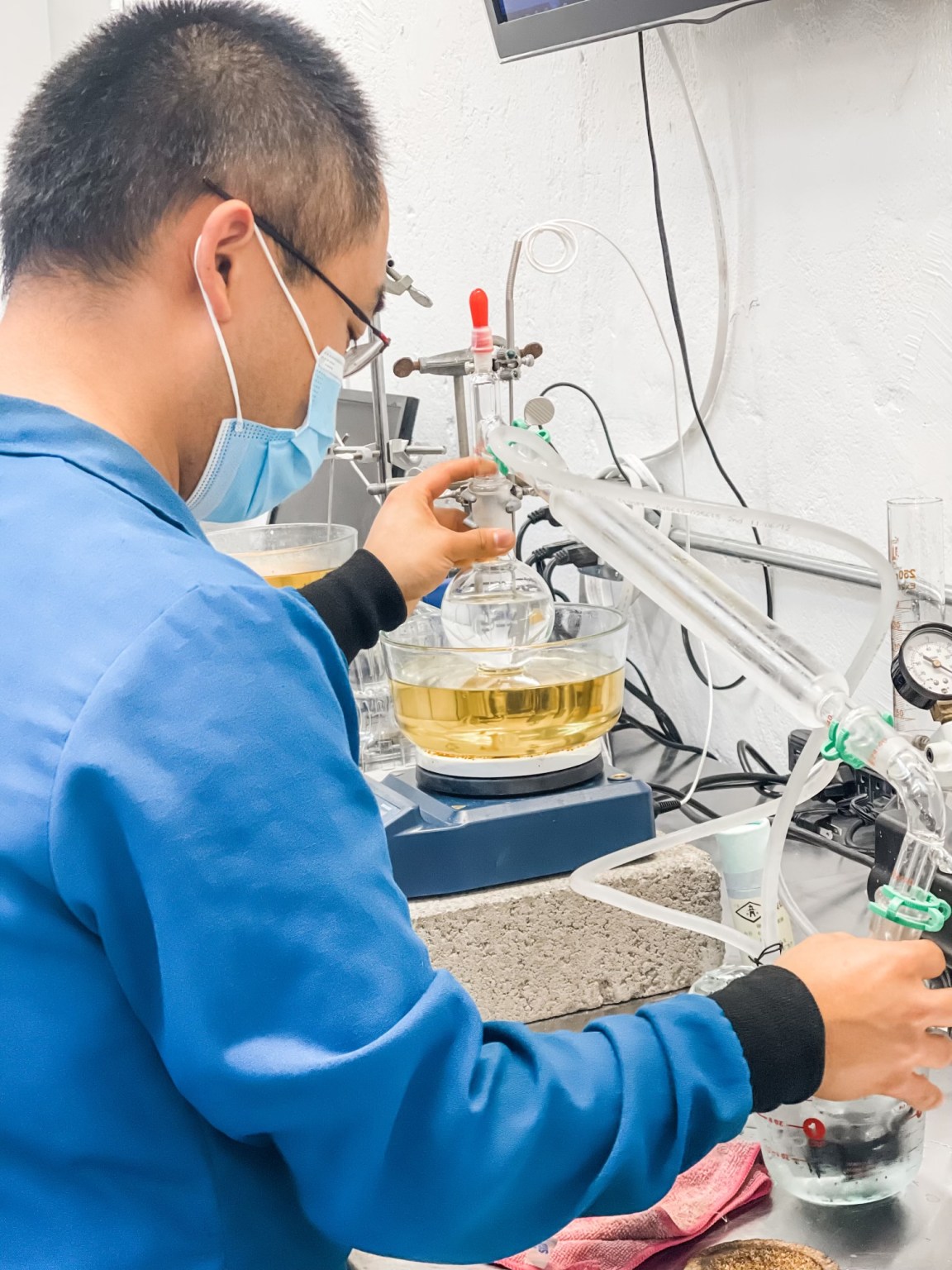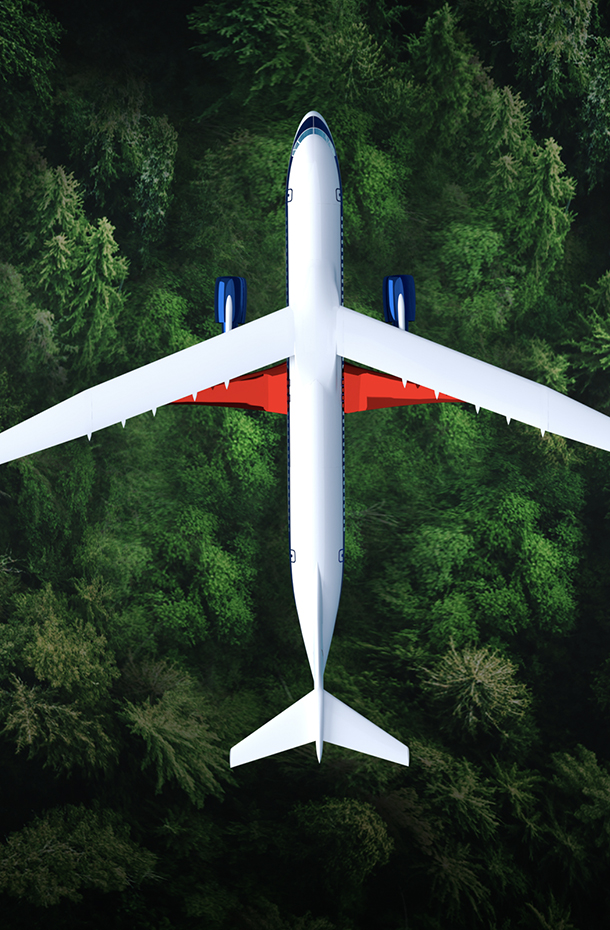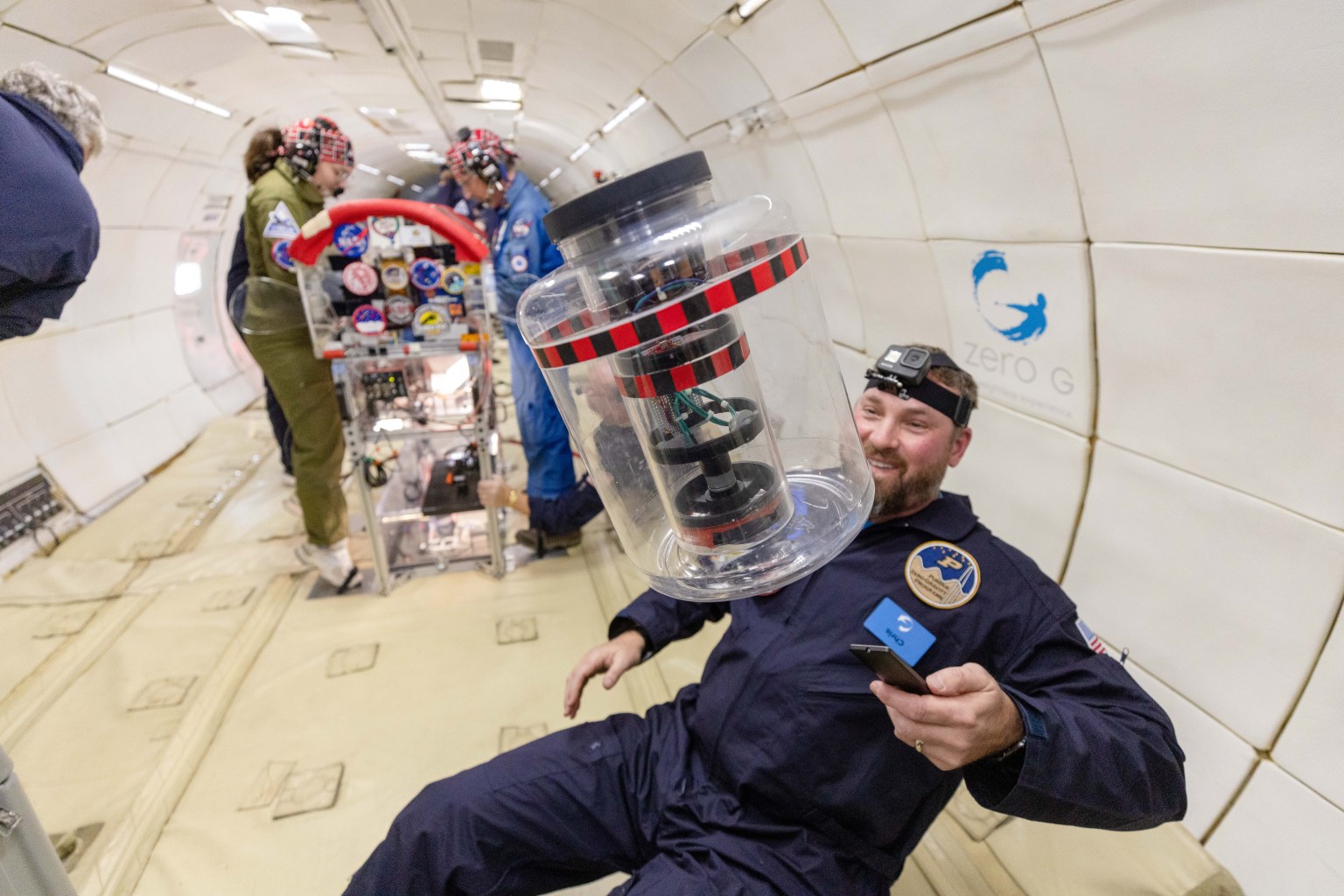The future of flight looks very exciting, and the public is helping NASA see it more clearly. For more than a century, NASA and its predecessor, the National Advisory Committee for Aeronautics, have been the global leader in aeronautics research. NASA’s innovative contributions to aviation benefit the U.S. economy, air transportation system, aviation industry, and passengers and businesses who rely on flight every day. NASA is with you when you fly, and the agency continues to revolutionize research and development activities for the aviation industry of tomorrow.
NASA’s public prize competitions, challenges, and crowdsourcing activities illuminate what is on the horizon for air and aviation on Earth. These research and development challenges yield innovative ideas, including future forecasts to inform strategies for the next era of aviation, algorithms to predict runway traffic changes at U.S. airports, and more.
Future Forecasts to Prepare for the Next Era of Aeronautics
NASA’s vision for aeronautical research for the next 25 years and beyond encompasses a range of technologies for safe, efficient, flexible, and environmentally sustainable air transportation. To prepare for this future, NASA’s Convergent Aeronautics Solutions project conducted a challenge that prompted the public to imagine the state of aviation in 25 years.
NASA’s Future-Scaping Our Skies Challenge asked participants to predict and describe future aviation using timelines and storylines, including data sources, references, and multimedia illustrations when possible. The contest awarded $21,000 to nine top winners. Judges evaluated the contest submissions based on their descriptions of possible future scenarios and the key events and trends leading to the proposed outcomes.
According to Team Sparkletron, which placed first in the competition, advanced computation and machine learning might be modeling changes in aviation and the future of aviation better than ever. Such models could apply to commercial and personal flying applications.
Ground Control Software for Unmanned Aircraft Systems
In 2021, more than 873,000 Unmanned Aircraft Systems (UAS)—also known as drones—were registered to fly in the United States. With a host of potential applications, including delivery of products, search and rescue, and agricultural monitoring, drone numbers will likely rise.1
Working in partnership with the Federal Aviation Administration for more than 25 years, NASA is researching technologies for traffic management of drones. A large portion of air traffic management is ground control, which manages aircraft on the runways. To help develop ground control software for small drones, NASA asked the public to modify and enhance an existing application through an Unmanned Aircraft Systems Ground Control Station Software Challenge series. During the course of about a year, a series of challenges received 92 entries from 58 countries. Altogether, NASA awarded a total of $30,700 to 47 winners for the development of ground control software for small drones.
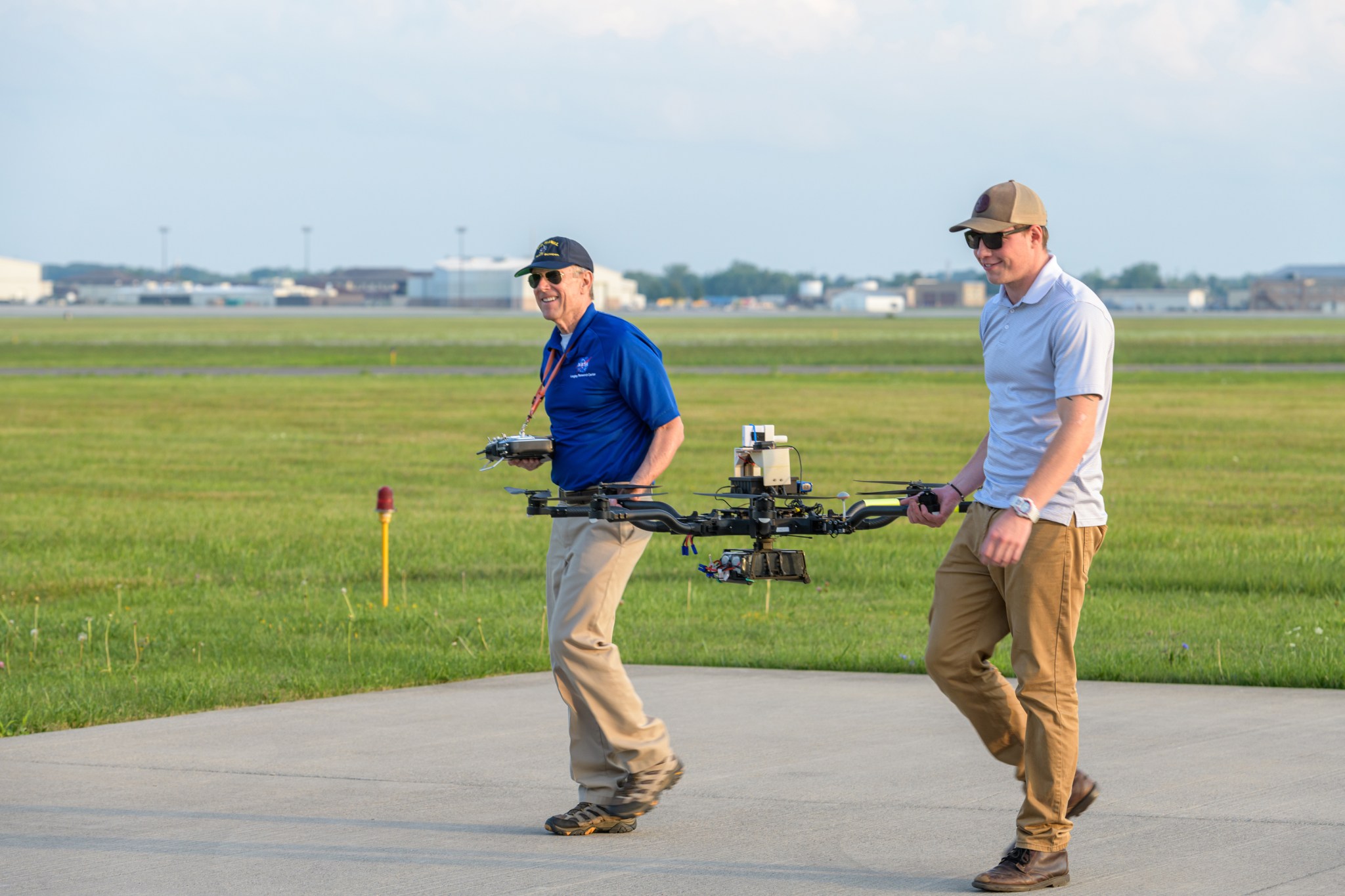
Algorithms to Predict Runway Traffic Changes at U.S. Airports
The National Airspace System (NAS) is undergoing modernization to make flying safer, more efficient, and more predictable2—and NASA is involved in this transformation. The NAS is made up of more than 29 million square miles that include airspace, air navigation facilities, airports and landing areas, and more.
To enable more cohesive decision-making in current and future NAS operations, NASA is building a cloud-based Digital Information Platform (DIP) for advanced data-driven digital services. Through DIP, NASA identified a need for algorithms that can accurately predict changes in the configuration of runways at U.S. airports. Runway configuration, or the direction that traffic is moving on runways, can adjust multiple times per day and can significantly impact flight delays and decisions across the NAS.3
The goal of the Run-way Functions: Predict Reconfigurations at U.S. Airports Challenge was to design algorithms to automatically predict airport configuration changes from real-time data sources. Submissions tested using a mock data set of 10 airports, and judges scored the algorithms based on how the predictions compared to the ground truth. The top four solutions, which came from New York University; Massachusetts Institute of Technology, Cambridge; University of Maryland, College Park; and Pennsylvania State University, State College, won awards totaling $40,000.
An App to Uncover How People Operate Autonomous Systems
Human-autonomy teaming (HAT) aims to understand how people work together with autonomous systems like drones. For example, how long can a person safely operate a drone piloted by remote control or onboard computers? Can one person effectively operate multiple autonomous vehicles at once?
NASA opened the Human-Autonomy Teaming Task Battery (HATTB) App contest to develop software to run an existing battery of tasks that simulate pilot responsibilities during flight. The potential app could support researchers in evaluating the performance of research participants while participants monitored virtual autonomous machines and performed other tasks simultaneously. More than $160,000 was awarded to 33 contest winners.
The HATTB app could help NASA and other researchers understand how well people and autonomous systems communicate and collaborate. The app is incorporated into a study by students at Old Dominion University in Norfolk, Virginia, to examine the effect of time on HAT.4
A More Efficient Wind Tunnel Design to Minimize Downtime
NASA facilities are home to a variety of wind tunnels for testing aircraft and spacecraft. By simulating the movement of air around vehicles during flight, NASA uses wind tunnels to test new vehicle shapes, materials, and other design elements.
The NASA concept study, “New Wind Tunnel Landscape,” aims to develop new options to support wind tunnel testing in the next 20-50 years. One opportunity for advancement is the test section—the area where researchers place the components, exposing them to airflow. When preparing the test section for a new model, the wind tunnel is unusable due to the time-consuming process.
To address the downtime, NASA called on the public through the New Transonic Wind Tunnel Test Section Challenge. This $7,000 competition sought new designs for a wind tunnel facility with test sections capable of efficient, rapid reconfiguration.
Winning designs addressed the inefficiency of data and instrumentation system connections that delay reconfiguring the test section, ground-level carts to simplify transferring models to and from the test section, and modular test section containers that include everything needed for a quick swap.
Endnotes
[1] https://www3.nasa.gov/sites/default/files/atoms/files/utm-factsheet-11-05-15.pdf
[2] https://www.faa.gov/nextgen
[3] https://www.drivendata.org/competitions/89/competition-nasa-airport-configuration/
[4] https://sites.google.com/odu.edu/odu-reu-transportation/research-projects



























